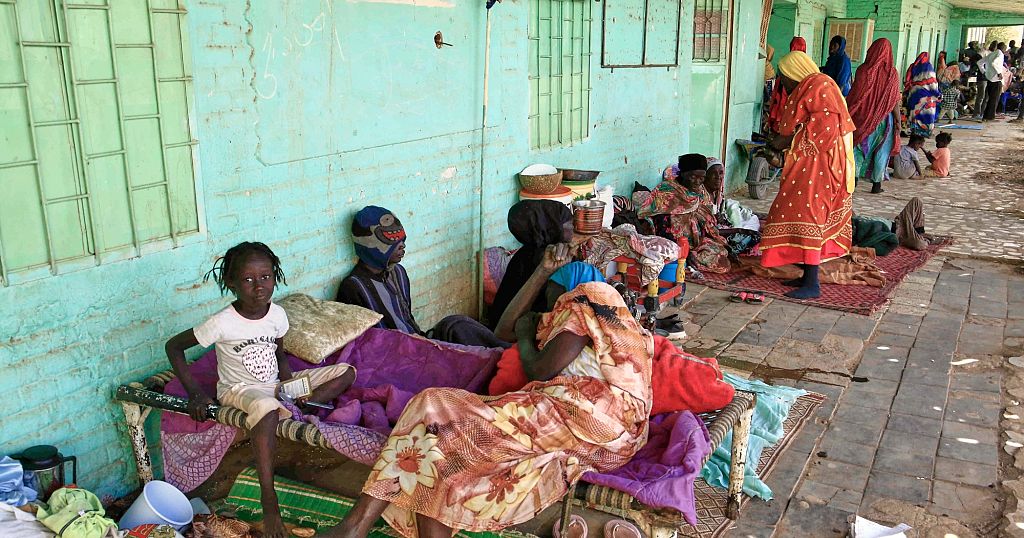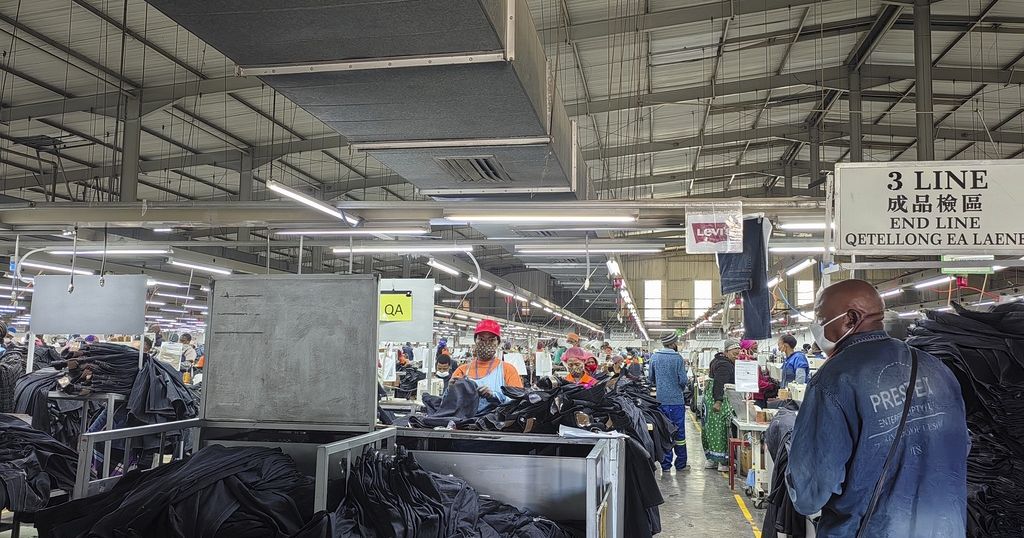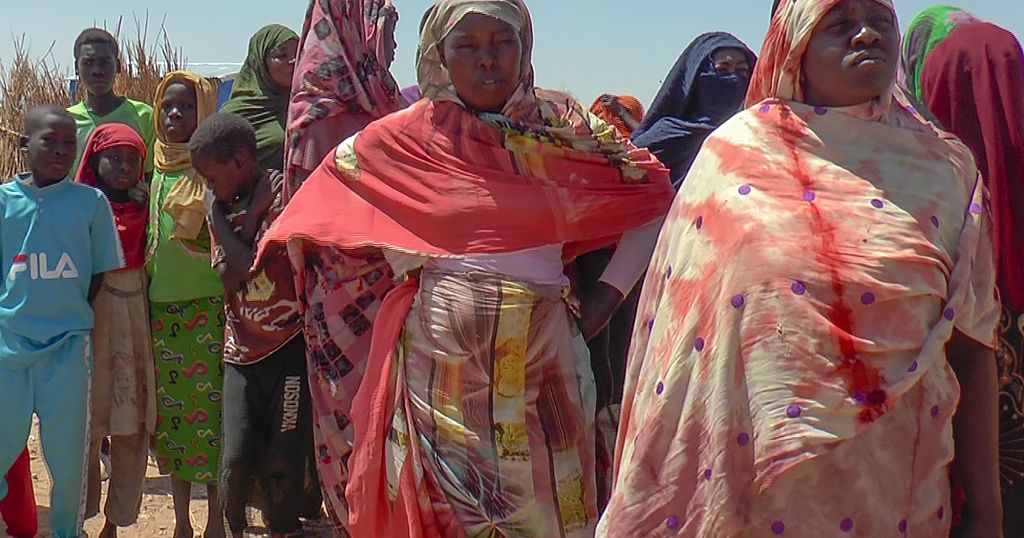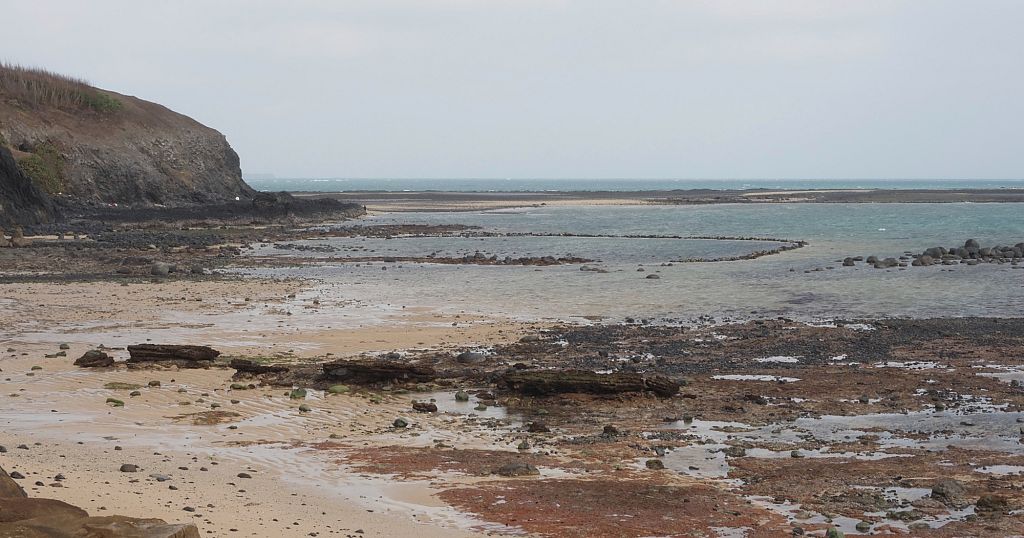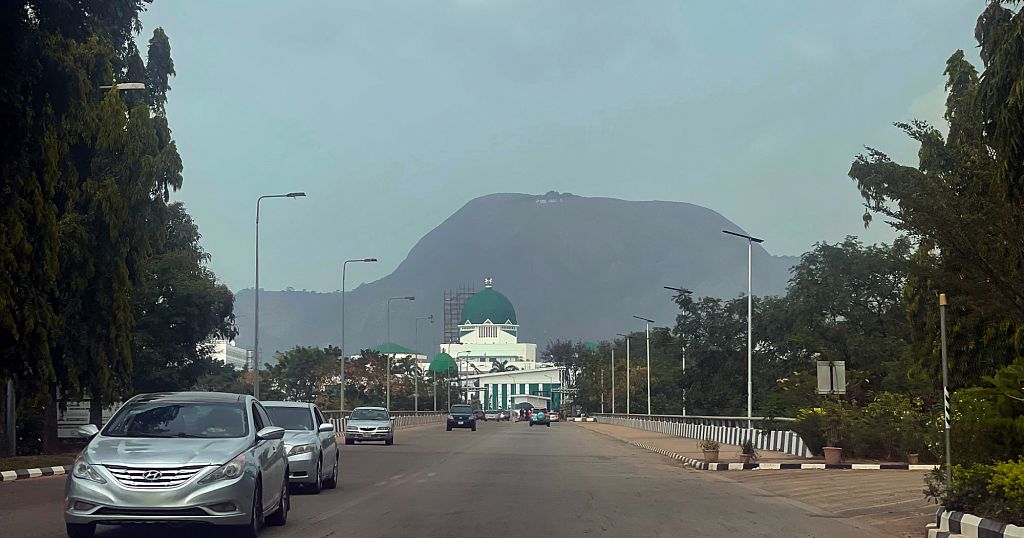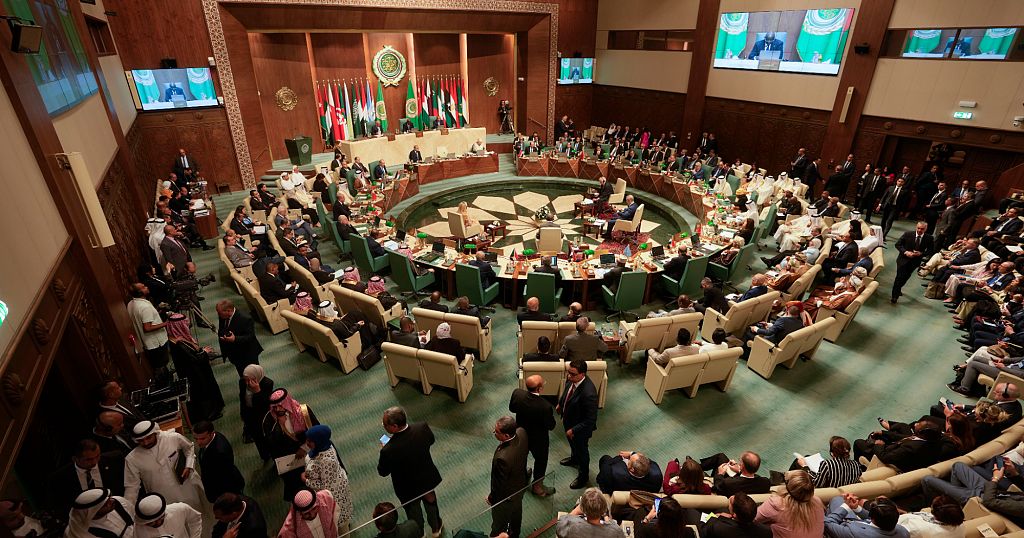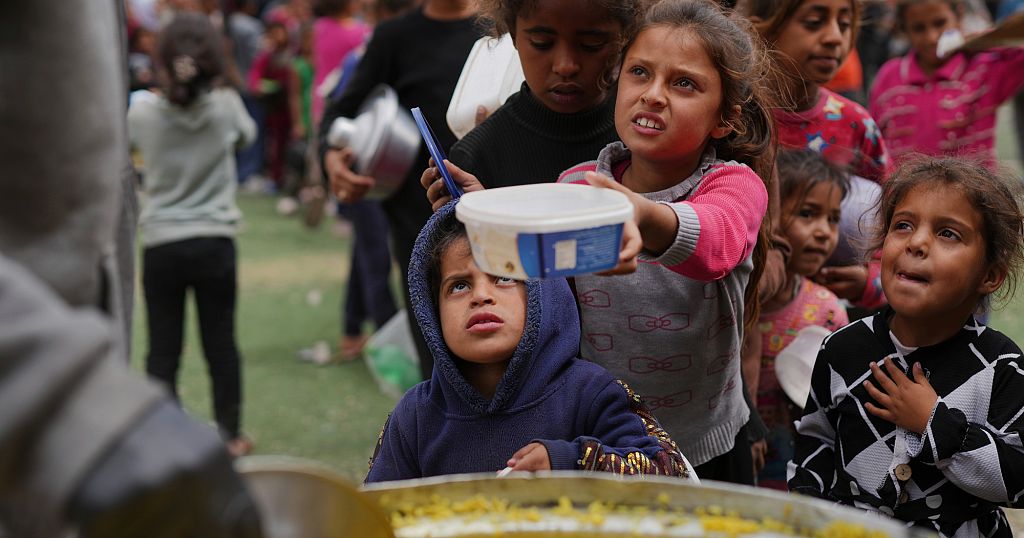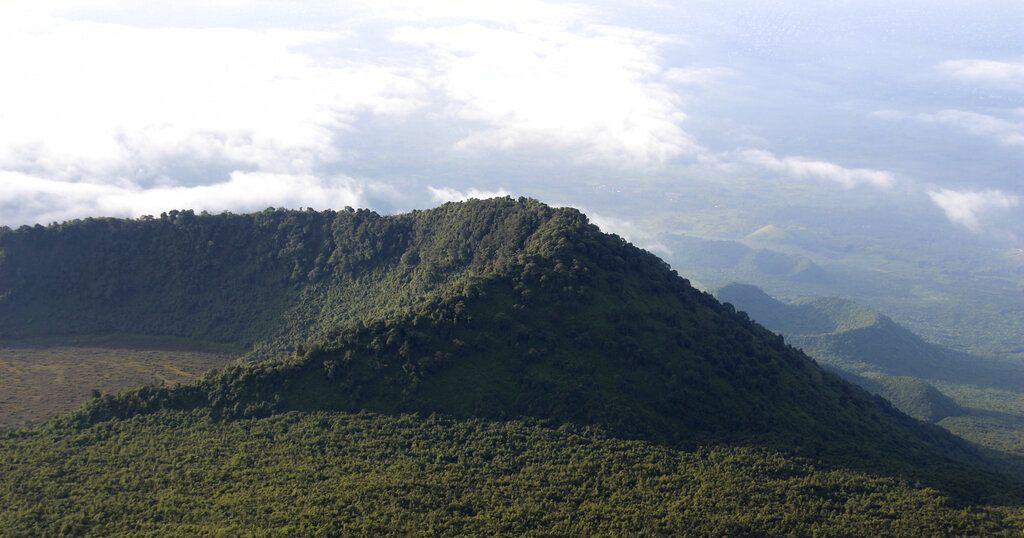Somalia floods kill 10, displace more than 113,000 a year after drought
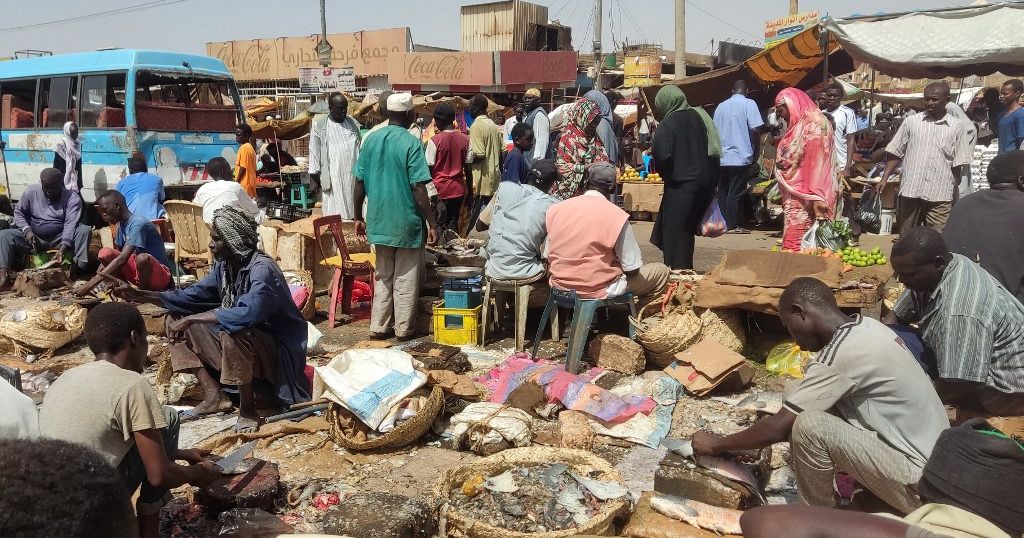
Heavy rains have triggered devastating floods in Somalia, forcing more than 113,000 people to flee their homes and impacting hundreds of thousands more, according to the United Nations Office for the Coordination of Humanitarian Affairs (UNOCHA).
The government has declared a state of emergency in response to the crisis, with approximately 10 fatalities reported.
This deluge comes just a year after Somalia endured its worst drought in 40 years, leading to widespread suffering and an estimated 43,000 deaths. The current rainy season, from October to December, has seen torrential downpours in various regions, including Puntland, Galmudug, South West, Hirshabelle states, and along the Juba River in Jubbaland State.
The weather pattern has been driven by the El Nino phenomenon, which affects global weather systems by warming the central and eastern Pacific Ocean.
UNOCHA reports that over 706,100 people have been temporarily affected, with more than 113,690 individuals displaced across the country. The states of Southwest and Jubbaland have been hit the hardest, with approximately 536,608 people suffering the consequences of the floods.
In the Gedo region’s Luuq area, around 2,400 people are trapped by floodwaters, and efforts are underway to rescue them. Additionally, 14,000 families have been cut off from the main town of Baardhere, exacerbating the crisis.
Earlier this year, widespread flooding forced a quarter of a million people from their homes when the Shabelle River overflowed in central Somalia, submerging the town of Beledweyne.
Climate change, which disproportionately affects those who contribute the least to carbon emissions, is increasingly recognized as a key driver of such humanitarian emergencies.
Source: Africanews



